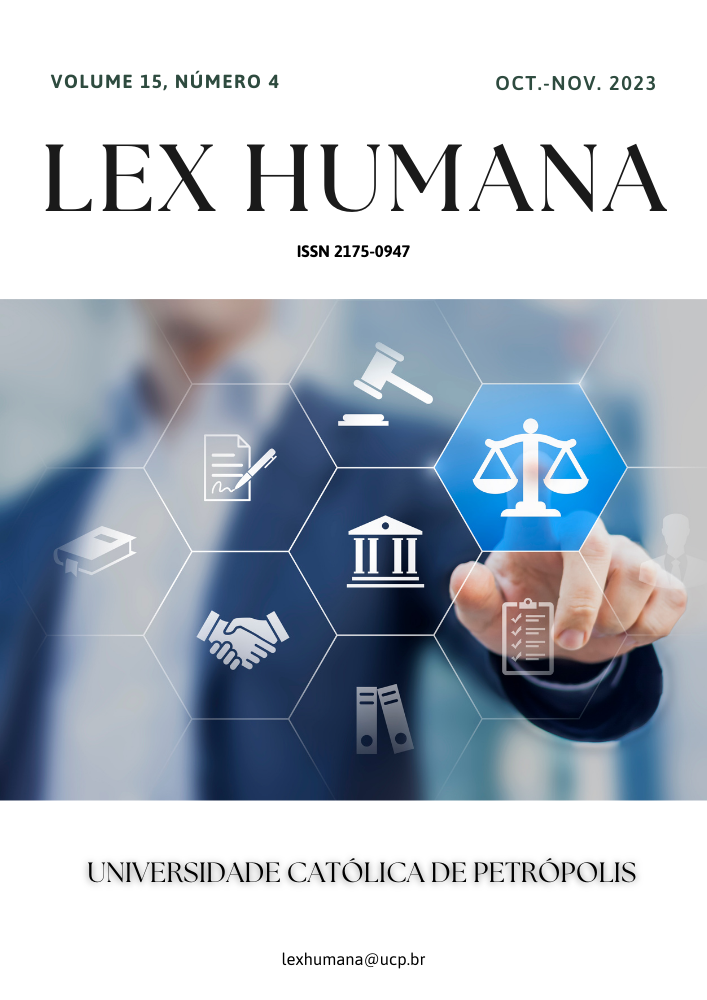Abstract
This paper delves into the intricate relationship between advertisements, media law, and society in the context of India. As the Indian advertising and media landscape continue to evolve, understanding the socio-legal aspects of these domains becomes crucial for policymakers, businesses, and citizens alike. This exploration aims to shed light on the interplay between the three key components and their broader implications for India's social fabric. It examines the role of advertisements in shaping consumer behaviour and societal norms. It analyzes the influence of advertisements on perceptions, desires, and aspirations of the Indian population, exploring how these promotional messages impact cultural values and identity. The study also addresses concerns related to the ethics of advertising, examining instances of misleading claims, offensive content, and their repercussions on public sentiment. The interplay between advertisements, media law, and society in India is a complex and evolving field of study. It advocates for a balanced approach that aligns the interests of businesses, regulators, and the Indian populace to create an inclusive and responsible advertising and media environment.
References
Singh, Lavayana. “ROLE OF MEDIA IN MAKING AND EXECUTION OF PUBLIC POLICY IN INDIA.” The Indian Journal of Political Science, vol. 74, no. 2, 2013, pp. 309–12. JSTOR, http://www.jstor.org/stable/24701115. Accessed 20 January 2023.
Prabhash, J. “MEDIATED RIGHTS : MEDIA, WOMEN AND HUMAN RIGHTS IN INDIA.” The Indian Journal of Political Science, vol. 66, no. 1, 2005, pp. 53–74. JSTOR, http://www.jstor.org/stable/41856112. Accessed 02 March 2023.
Dhavan, Rajeev. “ON THE LAW OF THE PRESS IN INDIA.” Journal of the Indian Law Institute, vol. 26, no. 3, 1984, pp. 288–332. JSTOR, http://www.jstor.org/stable/43953869. Accessed 24 January 2023.
Gaur, K. D. “CONSTITUTIONAL RIGHTS AND FREEDOM OF MEDIA IN INDIA.” Journal of the Indian Law Institute, vol. 36, no. 4, 1994, pp. 429–54. JSTOR, http://www.jstor.org/stable/43952367. Accessed 24 July 2023.
Dr. Sukanta Nanda, Media Law, 2nd Edition, Central Law Publications, 2021.
Rai, Bina. “ROLE OF MEDIA IN INDIAN DEMOCRATIC SYSTEM.” The Indian Journal of Political Science, vol. 76, no. 3, 2015, pp. 437–41. JSTOR, https://www.jstor.org/stable/26534863. Accessed 23 April 2023.
Verghese, B. G. “The Media in a Free Society: Proposals for Restructuring.” Economic and Political Weekly, vol. 12, no. 18, 1977, pp. 731–40. JSTOR, http://www.jstor.org/stable/4365545. Accessed 20 July 2023.
Rudolph, Lloyd I. “The Media and Cultural Politics.” Economic and Political Weekly, vol. 27, no. 28, 1992, pp. 1489–96. JSTOR, http://www.jstor.org/stable/4398634. Accessed 16 April 2023.
Aveek Sarkar v. State of W.B., (2014) 4 S.C.C 257, (India)
Rast v. Van Deman & Lewis Co., (1916) 240 U.S. 342
Roth v. United States (1957) [354 U.S. 476]
R. v. Hicklin, (1868) [LR 3 QB 360]
F.A. Picture International v. Central Board of Film Certification [AIR 2005 Bom 145] (India)
Tripp, Carolyn, et al. “The Effects of Multiple Product Endorsements by Celebrities on Consumers’ Attitudes and Intentions.” Journal of Consumer Research, vol. 20, no. 4, 1994, pp. 535–47. JSTOR, http://www.jstor.org/stable/2489757. Accessed 16 April 2023.
Edell, Julie A., and Marian Chapman Burke. “The Power of Feelings in Understanding Advertising Effects.” Journal of Consumer Research, vol. 14, no. 3, 1987, pp. 421–33. JSTOR, http://www.jstor.org/stable/2489502. Accessed 20 July 2023.
Sillars, A., & Vangelisti, A. (2006). Communication: Basic Properties and Their Relevance to Relationship Research. In A. Vangelisti & D. Perlman (Eds.), The Cambridge Handbook of Personal Relationships (Cambridge Handbooks in Psychology, pp. 331-352). Cambridge: Cambridge University Press. doi:10.1017/CBO9780511606632.019
MAZZARELLA, WILLIAM. “Indian Fun: Constructing ‘the Indian Consumer’ I.” Shoveling Smoke: Advertising and Globalization in Contemporary India, Duke University Press, 2003, pp. 215–49. JSTOR, https://doi.org/10.2307/j.ctv11smx0k.11. Accessed 08 February 2023.
Jeffrey, Robin. “Advertising and Indian-Language Newspapers: How Capitalism Supports (Certain) Cultures and (Some) States, 1947-96.” Pacific Affairs, vol. 70, no. 1, 1997, pp. 57–84. JSTOR, https://doi.org/10.2307/2761228. Accessed 20 March 2023.
Dean, Dwane Hal. “Brand Endorsement, Popularity, and Event Sponsorship as Advertising Cues Affecting Consumer Pre-Purchase Attitudes.” Journal of Advertising, vol. 28, no. 3, 1999, pp. 1–12. JSTOR, http://www.jstor.org/stable/4189113. Accessed 19 March 2023.

This work is licensed under a Creative Commons Attribution-NonCommercial-NoDerivatives 4.0 International License.
Copyright (c) 2023 Lex Humana (ISSN 2175-0947)

